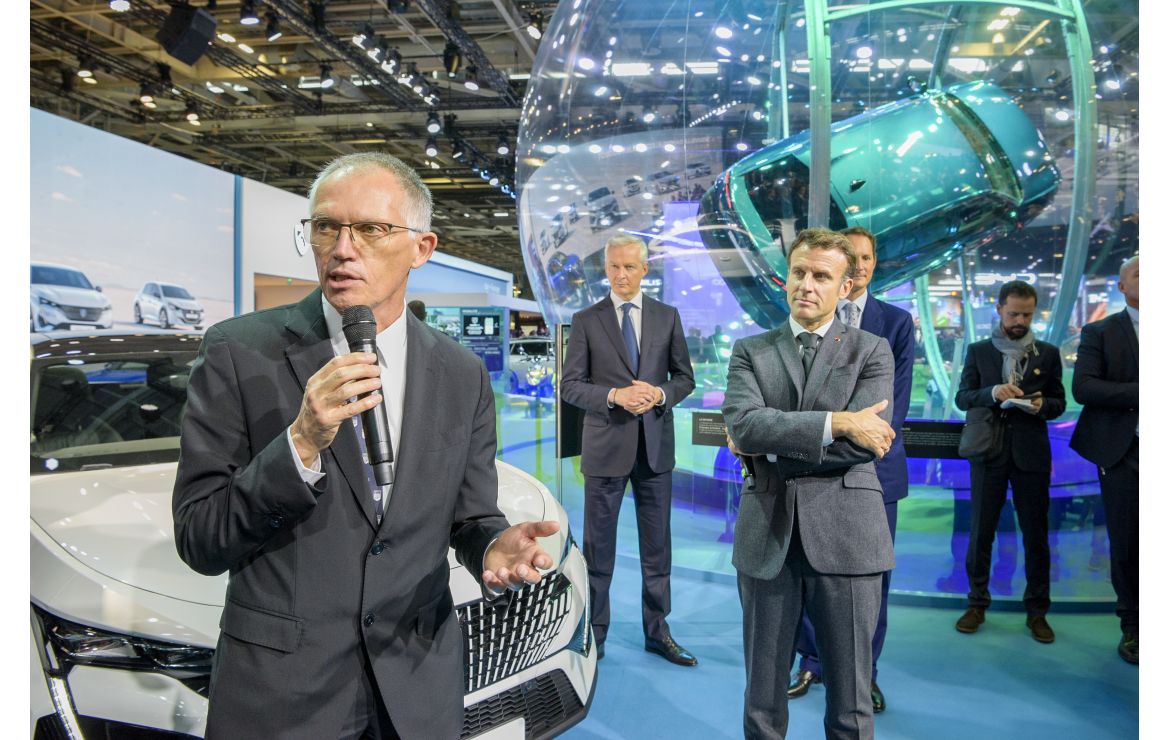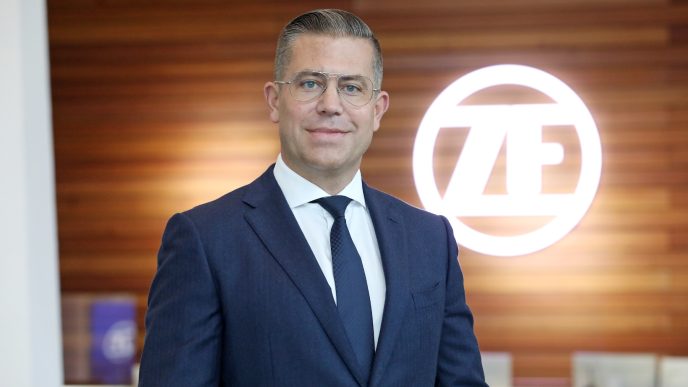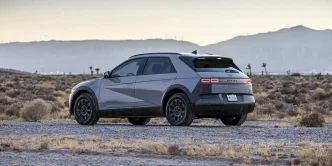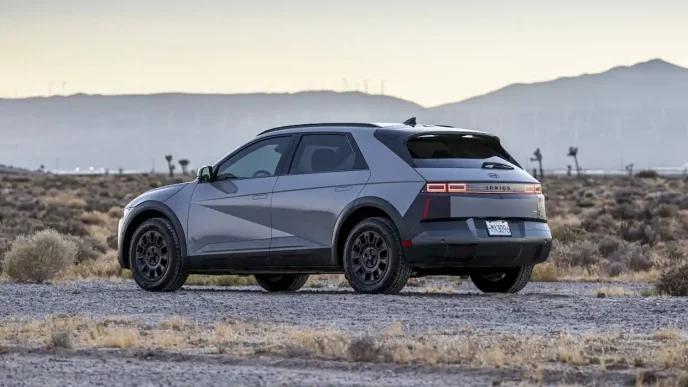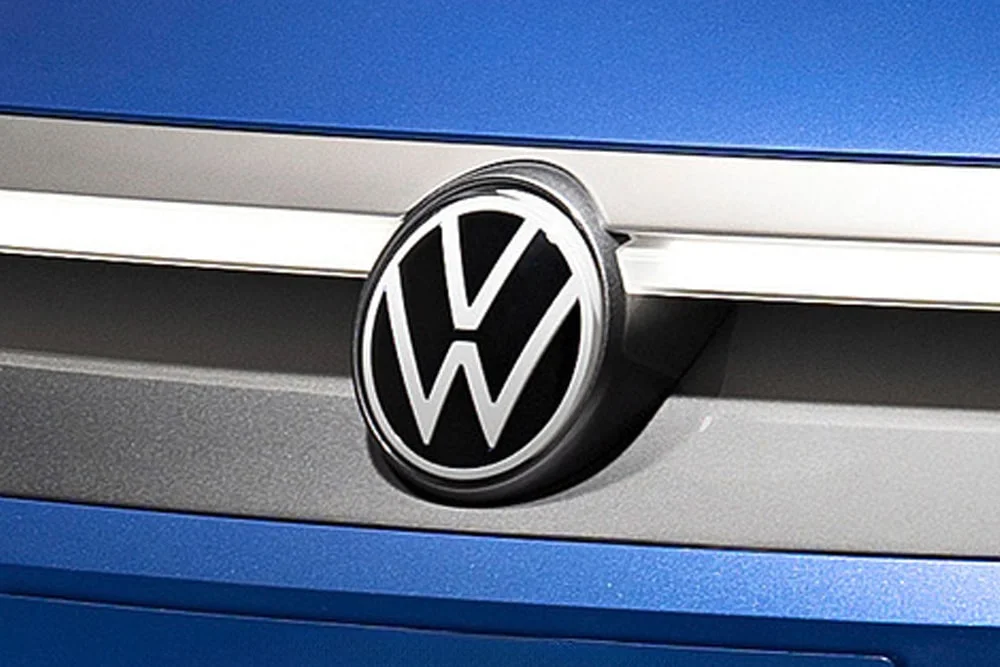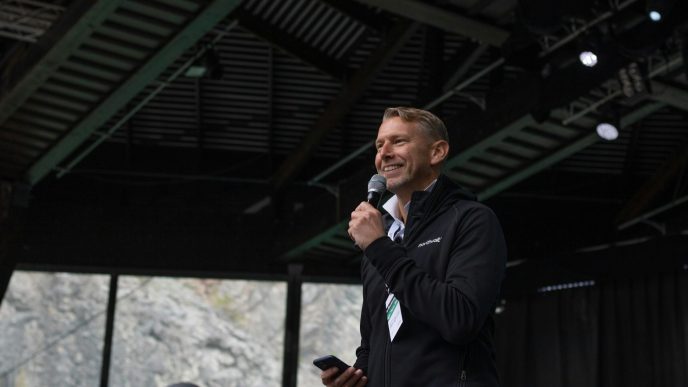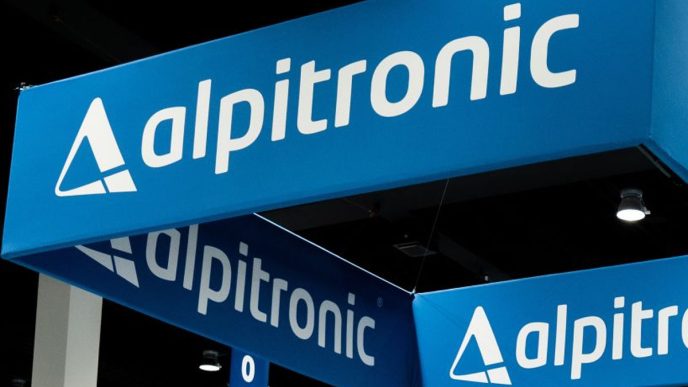Stellantis confirmed on Thursday that CEO Carlos Tavares will retire at the end of his contract in early 2026, along with significant senior management changes as the automaker seeks to address challenges in its North American operations. The French-Italian manufacturer has faced declining earnings and sales in this crucial market, leading to a reduction in its profit forecast for 2024 and potential cuts to dividends and share buybacks.
The company’s stock has fallen 42% this year due to setbacks in North America, particularly in its Jeep and Ram truck lines, which traditionally contribute significantly to its profits. Tavares’ retirement announcement follows recent statements indicating Stellantis was in search of his successor, with plans to appoint one by the fourth quarter of 2025.
In the management reshuffle, Stellantis appointed Doug Ostermann, the former chief operating officer of its China division, as the new finance chief, replacing Natalie Knight, who is leaving the company. Additionally, Antonio Filosa has been designated as the chief operating officer for North America, maintaining his role as CEO of the Jeep brand, while Carlos Zarlenga’s future role has not been disclosed.
Tavares, who has been instrumental in transforming Stellantis into one of the world’s most profitable automakers since its inception in 2021 through the merger of Fiat Chrysler and PSA Group, has faced mounting challenges recently. The rise in bloated inventories and declining profits have alarmed industry observers, contrasting sharply with the company’s previously enviable margins.
“After dismissing investors’ concerns on inventories and discounts in the US for the better part of the past 12 months, the company lost significant trust when they cut guidance in late September,” noted Bernstein analysts. They expressed skepticism that the ongoing management changes, part of a broader trend with 21 senior management alterations in the last year, would restore investor confidence.
Last week, Stellantis adjusted its forecast, now predicting negative cash flow of between €5 billion and €10 billion ($5.5 billion-$10.9 billion) for the year. Tavares had previously maintained that the 14 brands under Stellantis, including Maserati, Fiat, and Jeep, were valuable assets, but acknowledged in July that poorly performing brands might be eliminated to cut costs.
In the face of intense competition from Chinese electric vehicle manufacturers, Tavares has highlighted Stellantis’ goal to ramp up its electric vehicle production. The company aims for 100% of its passenger car sales in Europe to be electric by 2030, along with 50% of passenger cars and light-duty trucks in the U.S. during the same timeframe, planning to offer 75 electric models globally.
The management overhaul is intended to tackle concerns from various stakeholders, including the United Auto Workers union, dealers, and shareholders. “During this Darwinian period for the automotive industry, our duty and ethical responsibility is to adapt and prepare ourselves for the future,” Tavares remarked.
In addition to these management changes, Stellantis is restructuring by merging the supply chain organization with the manufacturing division to improve supplier performance. The UAW has responded critically to Tavares’ leadership, sharing a link to a website featuring an image of him in a trash can alongside a list of grievances. The union is preparing for a nationwide walkout, citing Stellantis’ failure to fulfill commitments made in last year’s contract after a six-week strike that cost the company approximately €750 million in profit.

